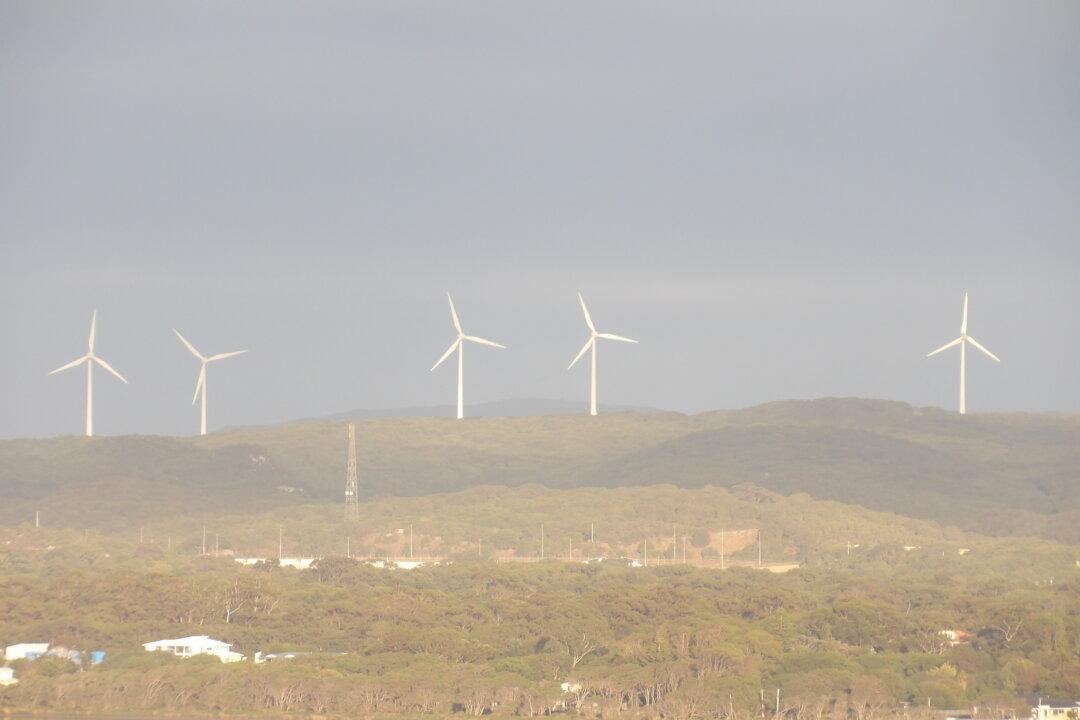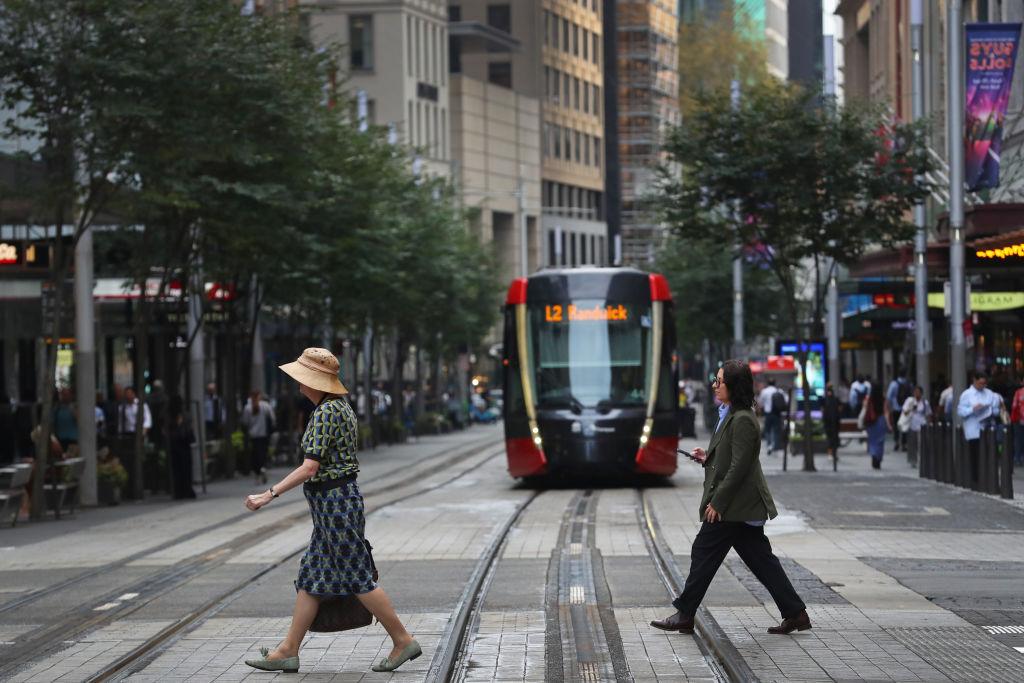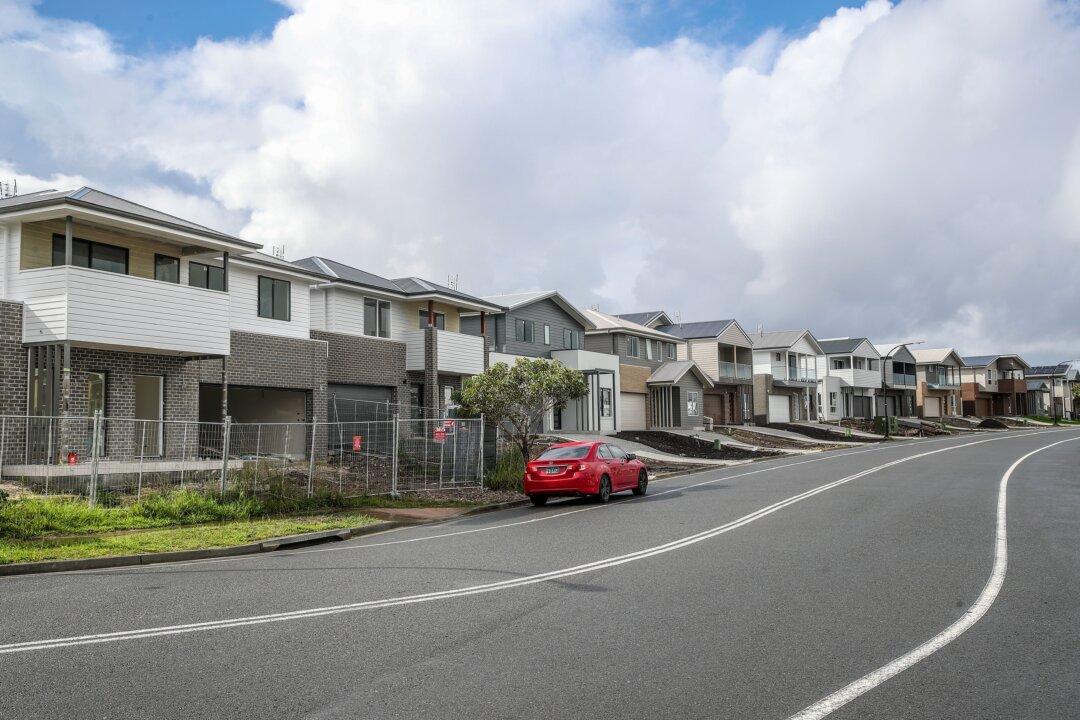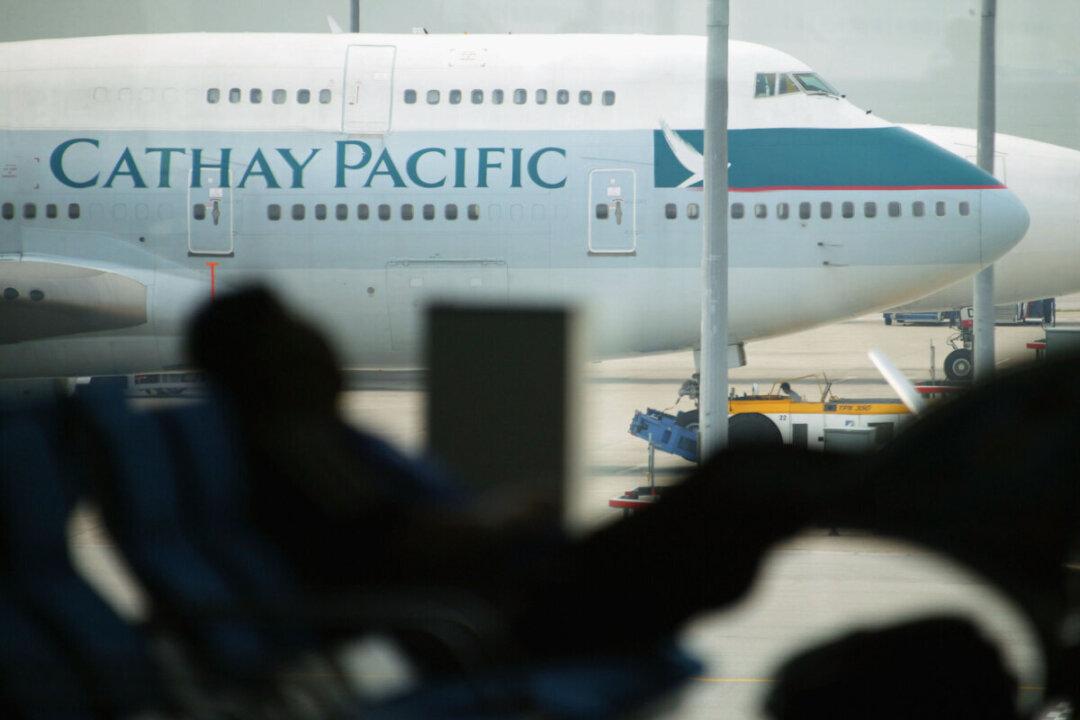The Australian Energy Market Operator (AEMO) considers renewable energy backed up by gas to be the most affordable way to provide power to homes as the country prepares to meet its net zero goals in line with the Paris Climate Agreement.
In the 2024 Integrated System Plan (ISP) for the National Electricity Market (NEM), AEMO proposed that 82 percent of electricity be supplied by renewable energy sources (pdf).




